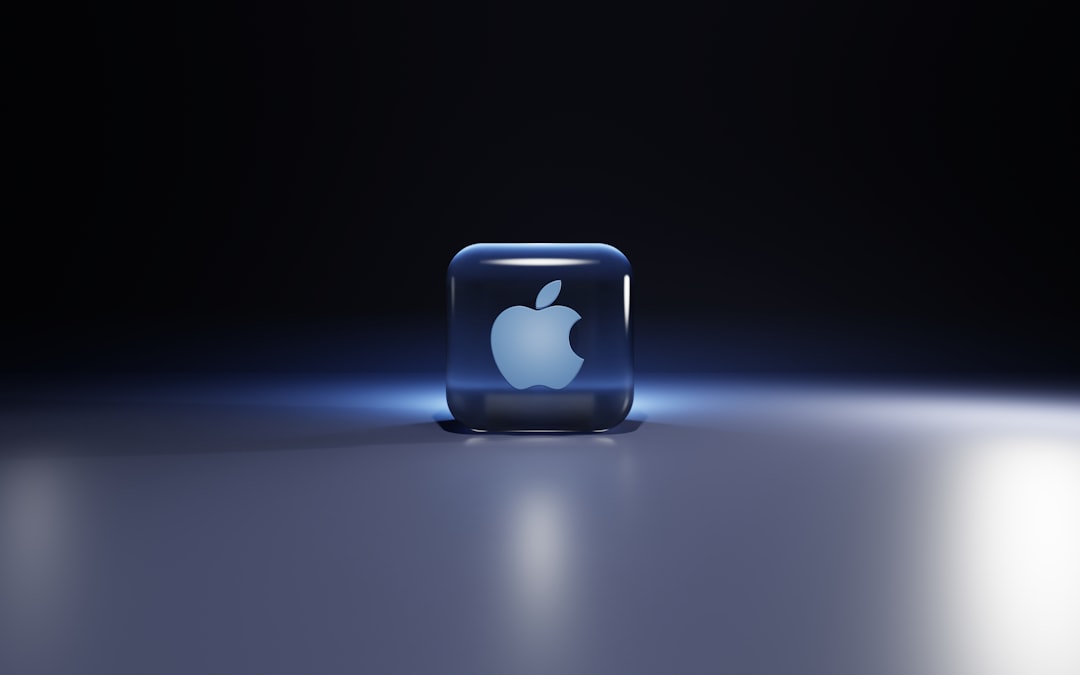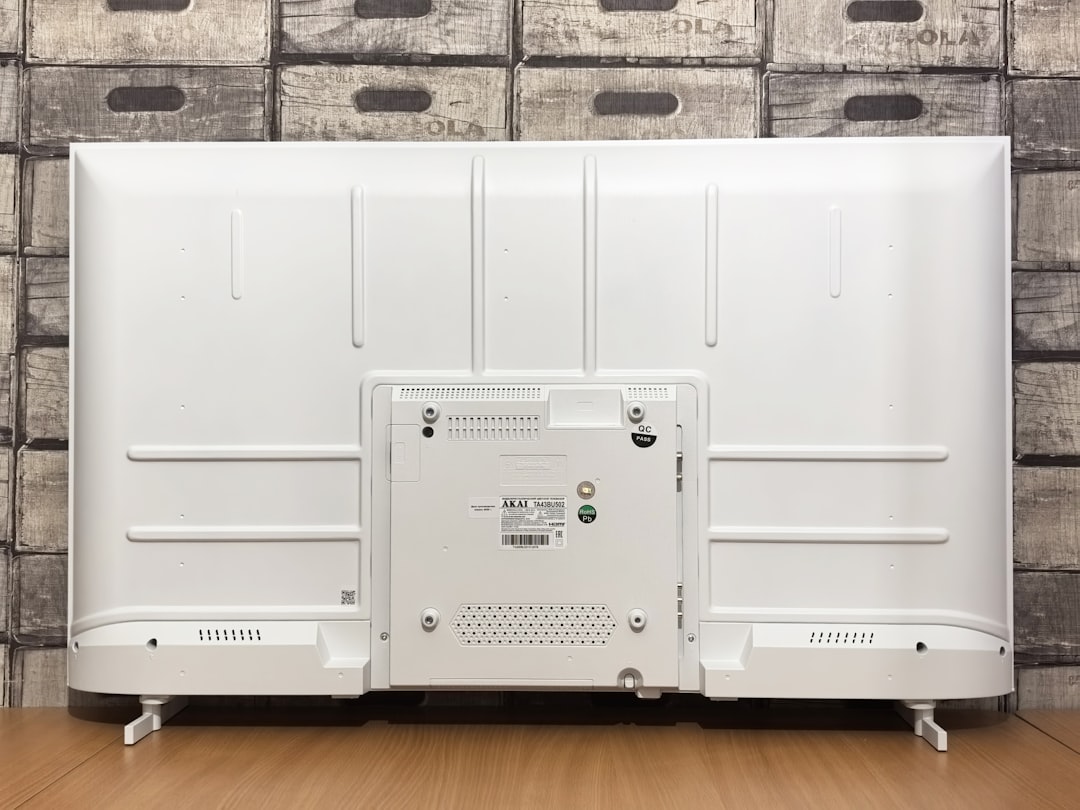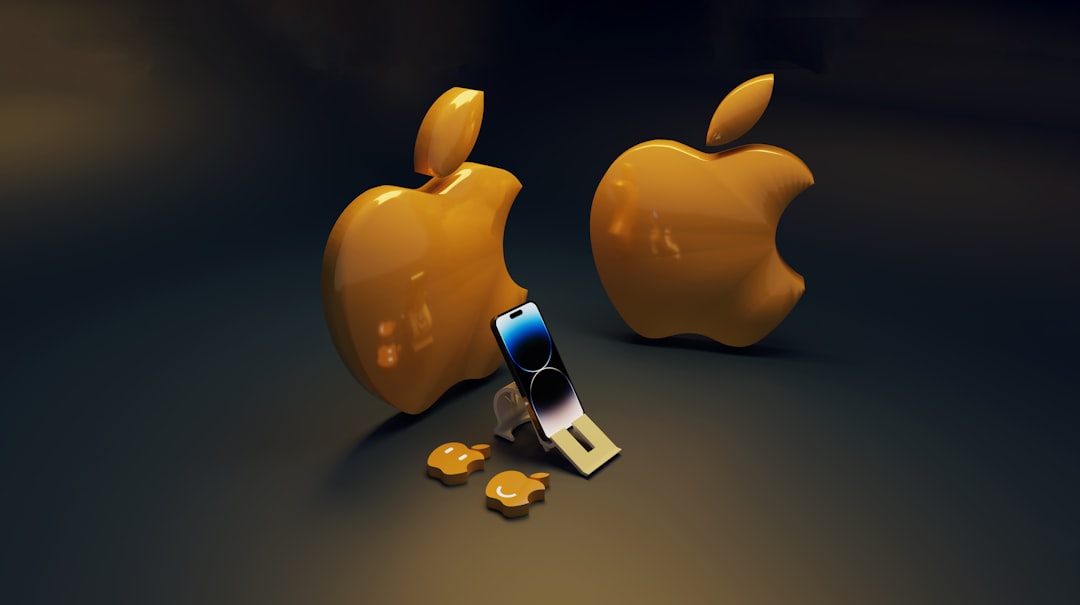**Apple has officially marked the end of an era by saying goodbye to Intel Macs.** This transition, which has been anticipated by technology enthusiasts and professionals alike, signifies a remarkable shift in the computing world. Adopting Apple Silicon signifies not merely a change in hardware but a full-fledged transformation in design, performance, and consumer experience.
Apple’s commitment to its in-house chip development has been a strategic move toward maximizing efficiency and control. When Apple first introduced the M1 chip, it showcased spectacular enhancements in performance and battery life, setting a new industry standard for consumer electronics. The architecture of Apple Silicon—a departure from the traditional x86 architecture used by Intel—allows for optimized performance tailored specifically to Apple’s software ecosystem. This fundamental change ensures that macOS and its applications run seamlessly, taking full advantage of the hardware’s capabilities.
The era of Apple Silicon is also characterized by Apple’s unyielding pursuit of miniaturization without compromising power. The transition saw Apple launching devices like MacBook Air and MacBook Pro armed with these chips, redefining expectations with lightning-fast processing speeds and extended battery life. Users can now enjoy enhanced experiences, from graphic design to running complex data analyses, all without the inconvenience of excessive heat generation or noise—common issues in the Intel Macs.
The shift toward Apple Silicon is not merely a focus on performance metrics but also a strategic positioning within a broader ecosystem that seamlessly integrates hardware, software, and services. This level of synergy results in tighter integration between Apple’s mobile and desktop experiences. With unified app development environments, developers can now create versatile applications that deliver consistent performance across all Apple devices, from iPhone to iPad to Macs.
Software like Final Cut Pro and Logic Pro exemplifies this harmony by running efficiently across Apple’s suite of devices, offering creative professionals a uniform platform to work from regardless of the device they are using. The shift is not only advantageous for professionals but also creates an engaging environment for casual users who seek simplicity and performance from their daily tech interactions.
While the farewell to Intel Macs is a celebratory moment for Apple in terms of technological advancement, it introduces challenges for various industry stakeholders. Developers must adapt to the new architecture, requiring resources to ensure software compatibility and optimize performance. This incurs a transition period where software updates become crucial in maintaining functionality and user satisfaction.
The broader industry response involves competing tech giants reevaluating their hardware strategies. The introduction of Apple’s M family chips has triggered a reevaluation of product roadmaps for competitors who remain reliant on Intel’s architecture, driving innovation across the industry to match or surpass Apple’s offerings.
Intel’s role diminishes as Apple’s influence grows, suggesting potential shifts in market dynamics. Companies are pushed to innovate further in chip manufacturing and software ecosystem development, opening up new competition spaces and alliances.
Ultimately, Apple’s shift from Intel to Apple Silicon is more than a branding story—it’s a monumental evolution that will likely steer the industry toward unified silicon-based architectures. As the ripple effects of this decision unfold, consumers and industry players alike wait eagerly to see where this journey leads, poised on the brink of further innovations that may redefine computing as we know it.
Computing & Cloud
Intel Macs












Leave a Reply